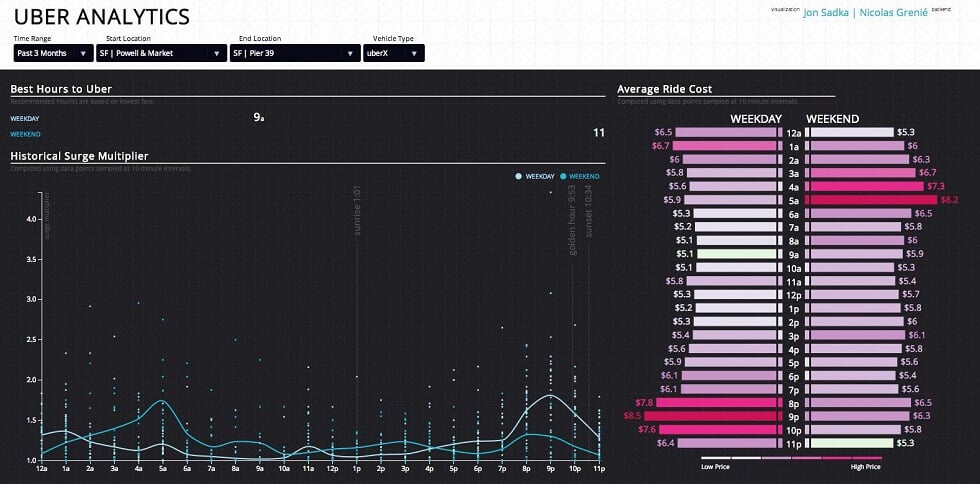Uber app was born back in March 2009, and even after 8 years of intense mobile applications market development, it continues to be an example of success in online taxi business. Though many competitors arose, Uber car service has not started to lose its grounds and proceeds to inspire hundreds of businessmen to repeat its success - to be not only Uber USA-version, but cover over 60 countries round the globe.
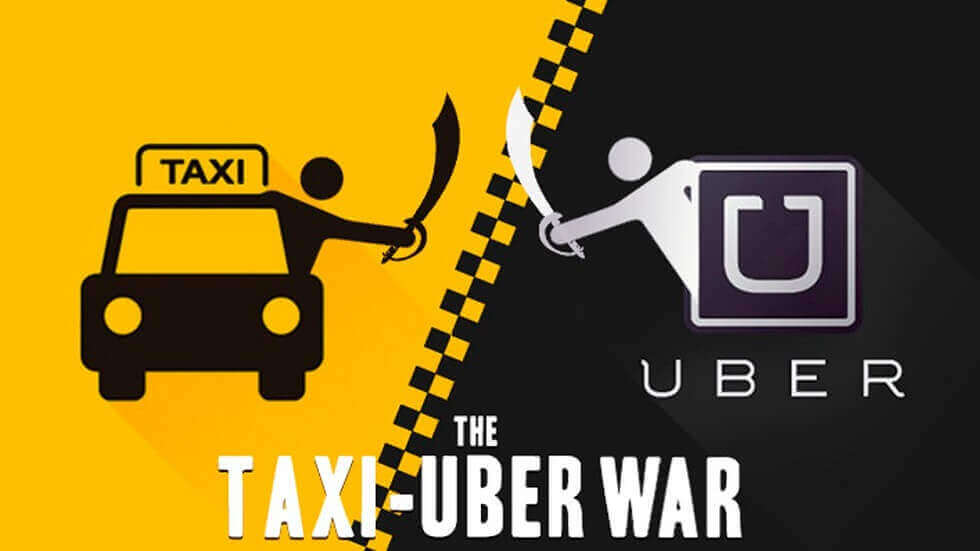
As the team which gave birth to another successful taxi app, 7Likes Taxi, we have the experience and expertise to share with you some tips on how to build a taxi app, successful enough to compete with Uber application. In this article we will tell you about:
- The components of the system of a taxi app, with the functions;
- Aspects of the system architecture;
- App development process;
- Cost of the development app like Uber;
- Technologies that stand behind the app work;
- Design and UX requirements;
- Working with drivers;
- Other important elements.
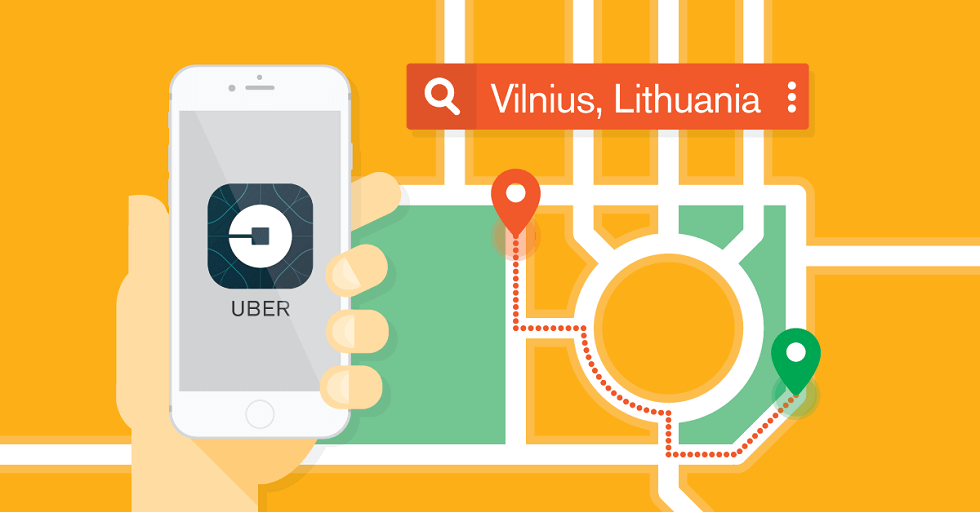
Components of the system like Uber app
A taxi app is not simply a client app with convenient interface to book a ride – it is the system of communication between passenger, driver and administrator of the service. This system, accordingly, consists of the three elements:
The customer app;
App for a driver;
Administrative panel.
Uber app for customers
The mobile app for customers (passengers) serves the goal to book a taxi ride and pay for it easily, from the phone screen. To provide customers with truly convenient and functional service, the customer part of the taxi app must have the next functions:
- Registration/login - via email or social media, or the phone number;
- Managing order function: to specify the pick-up and drop-off addresses, pick the driver;
- Track the driver's location in real-time;
- Count the price for a ride before placing an order;
- Integrated payment system;
- Push/SMS notifications;
- Leave review, feedback, estimate the app;
- History of orders.

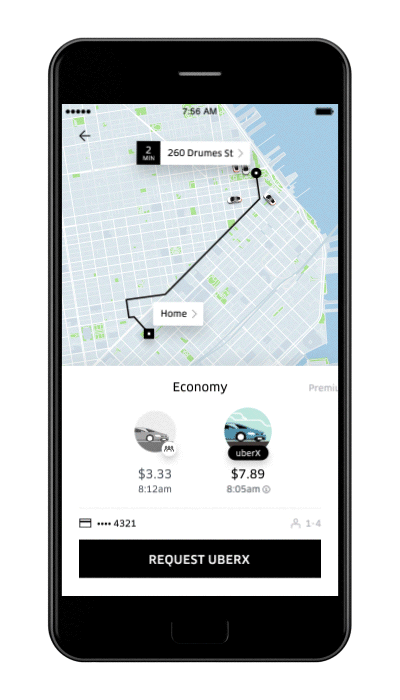
Features of the Uber app for a taxi driver
As for the app for a taxi driver, it should include the next features:
- Registration/login and the status updating;
- Accept or deny passengers' orders;
- See the location of a customer, his destination point and the route vizualization on the map;
- Order history;
- Push notifications;
- Calculator of the cost of a ride ("Uber ride calculator");
- Customers' feedbacks;
- Support.
Uber administrative panel
As for the administrative panel, it is the controlling tool. In the admin panel can be seen all the necessary statistics of the service performance: drivers' performance and incomes, information about the customers, their complaints. Through this tool also can be added or deleted drivers from the system, or their accounts set suspended or terminated.
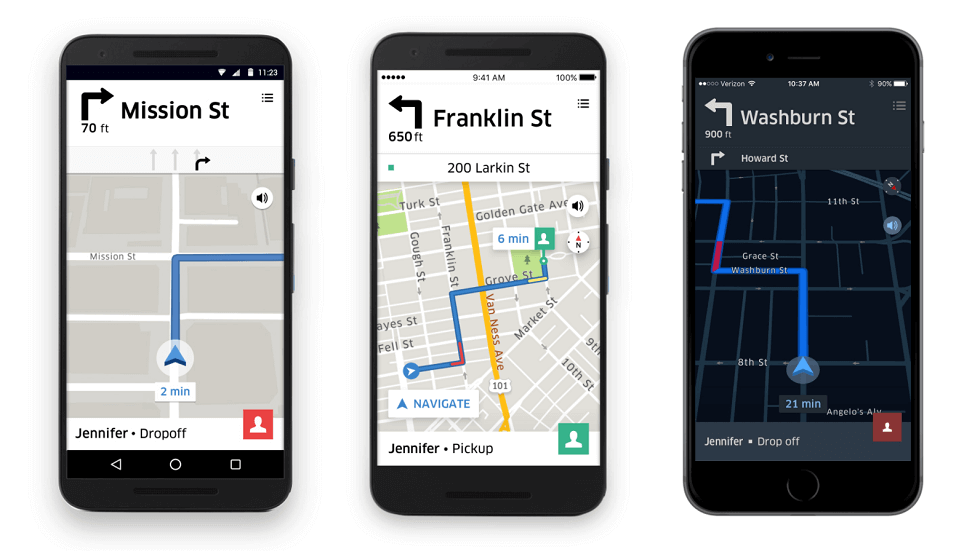
Standard architecture of the system like Uber application
To develop the fully-functional taxi ordering system, apart from the convenient-to-use uber mobile apps, you will need the "back-end" part. This is about a server and the server application, which will collect the data, receiving it from the apps, process it and send back to the mobile apps. The speed of the service work will depend on how fast the server processes the data. The faster the service is, the better, and to provide the good speed of work:
- Registration/login and the status updating;
- Accept or deny passengers' orders;
- See the location of a customer, his destination point and the route vizualization on the map;
- Order history;
- Push notifications;
- Calculator of the cost of a ride ("Uber ride calculator");
- Customers' feedbacks;
- Support.
Transportation apps like Uber development process
The development of an app is a long and complex process, which includes many stages:
Ideas validation and creation of the plan of works;
The UX/UI phase, when the most convenient design is being developed, the creation of the app design with all the app functions planned;
The start of the development. At this phase it's important to get defined with the platforms to develop the app for. There are the 3 options: to make a cross-platform app, fitting to both Android and iOS, iOS, Android. To make the work of the app faster and more correct, it is recommended to develop the app for each of the platforms separately.
Quality Assurance: search for the bugs and fixing them.
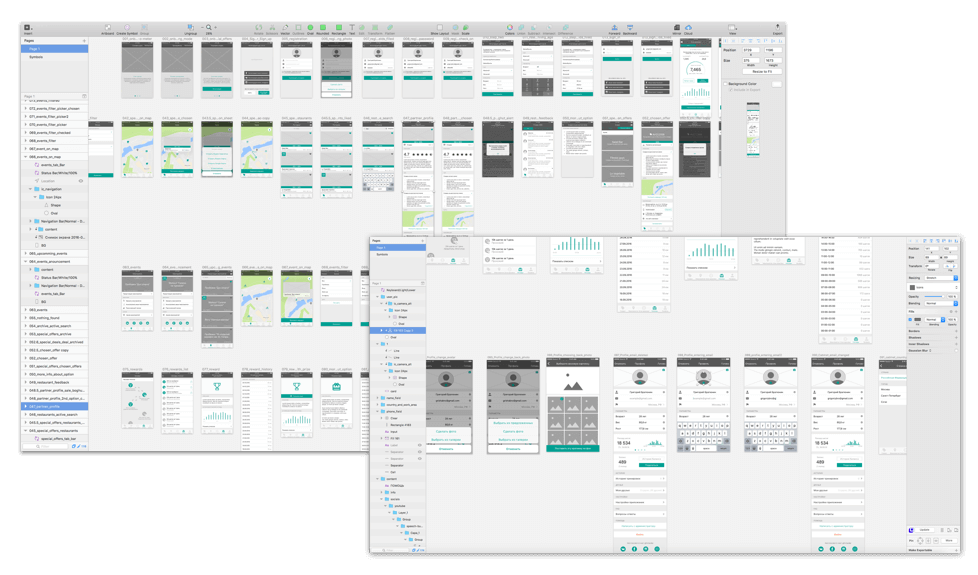
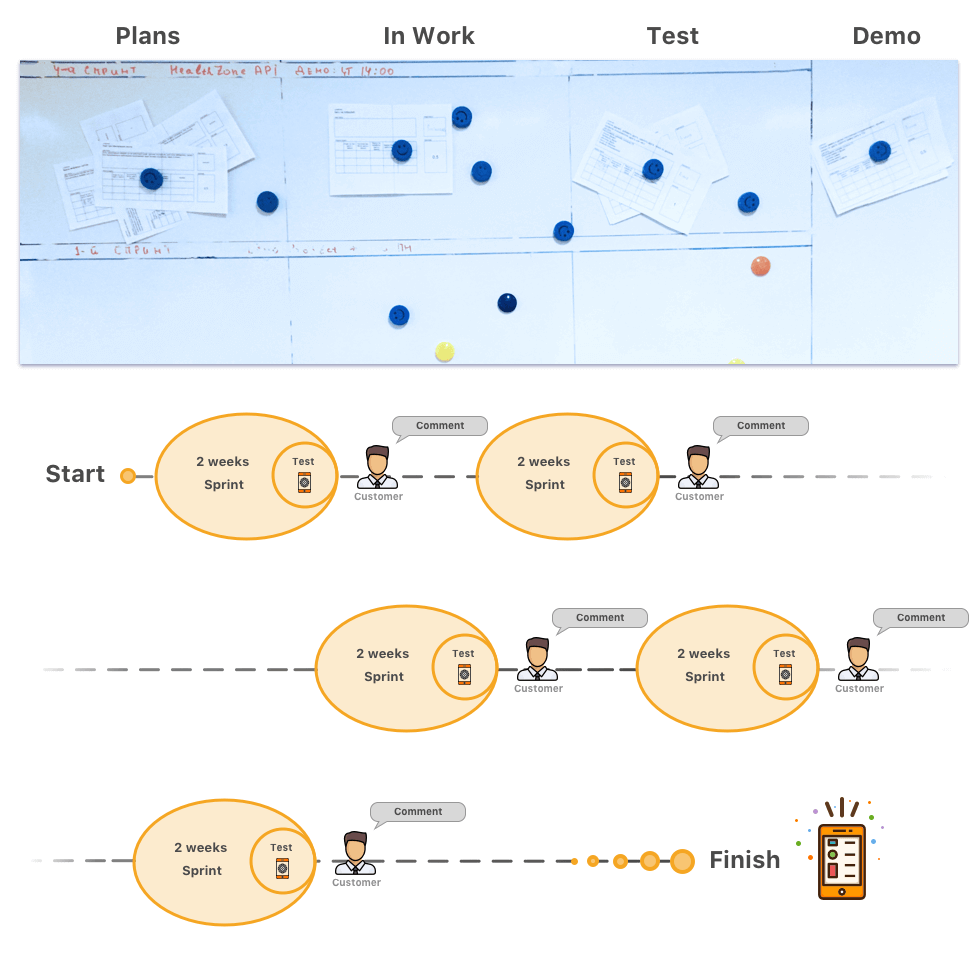
How much does it cost to make an app like Uber?
There is no universal answer on this question with a fixed price and amount of time. The answer depends on a variety of factors: it is the amount of work, first of all, the number of specialists hired, their qualification and speed of work, finally, hourly rates of the specialists. However, it is possible to approximately count the work volume in hours, having divided the work into sections. But, again, these figures are very approximate:
Design (up to 50 hours);
Development of the mobile app on each of the platforms ( can take up to 350 hours per a platform);
Development of the API (up to approx. 80 hours);
Admin panel development (up to 180 hours approximately).
Taking into account the above-mentioned measures, it can be resumed that development of a mobile app on one platform can take up to 660 hours. The average hourly rate for a developer is $40, and this means that in currency it would cost $26,400 to develop an app on one platform. If we sum the costs, we will get 1320 hours and $52,800 to develop a taxi app on both platforms. Again, these figures are very approximate.
Uber technologies
The taxi app, which tries to repeat the success of Uber, or to just gain some popularity and earn some revenue, must integrate a stack of technologies. Without these Uber technologies the work of the application would be hardly-imaginable:
Geolocation and maps. The ability to locate the passenger and driver allows the service to be fast and accurate. Setting the route, counting the distance and duration of the ride – this all would be for the users impossible to see without this technology;
Push notifications and SMS. The system of timely notifications makes the passengers come to the cabs timely, and the drivers – know about the new orders;
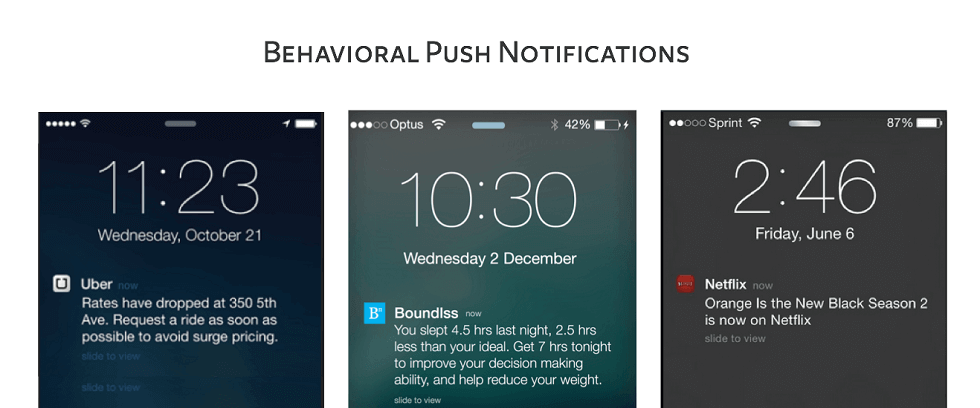
In-app payments. Without such a function the online taxi service wouldn't differ much from flagging down the regular taxi cabs on the road. The opportunity to make cashless payments right from the phone screen is one of the top commodities provided in taxi apps. The set of cashless payment methods available should be: credit and debit cards, Paypal, Google Wallet, Apple Pay.
What does the Uber app look like: Design and user experience
It is generally understandable, that the success of a taxi mobile app greatly depends on the convenience of the user interface for customers, and the easier to understand it is, the better. The best way for the app to be easy and intuitive in usage - is to not differ much from the other apps installed on the device.
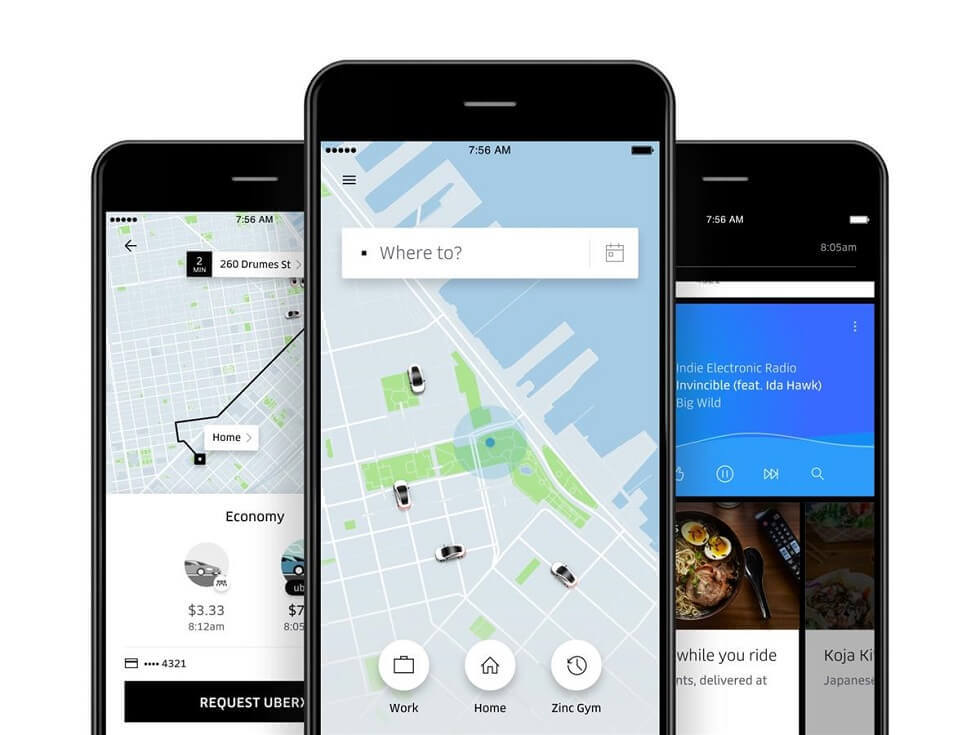
Apps on different platforms, such as Android and iOS differ essentially in design. For the app to be convenient for an iOS user, it must be designed for iOS, and to make it comfortable for Android user – there must be the version for Android. This rule is called nativeness. This rule was followed by the app developers of the Uber taxi service.
Analytic systems driving apps like Uber
To operate the business successfully, you should have access to the feedback to your actions – what people like and what not – and why. You can get this feedback directly from customers, by including the option of leaving feedback to the app. And another channel of getting feedback is to use analytic systems. There are the free analytic systems, such as Firebase or Google Analytics, and the ones on a paid basis – Localytics, Amplitude, Mixpanel.
